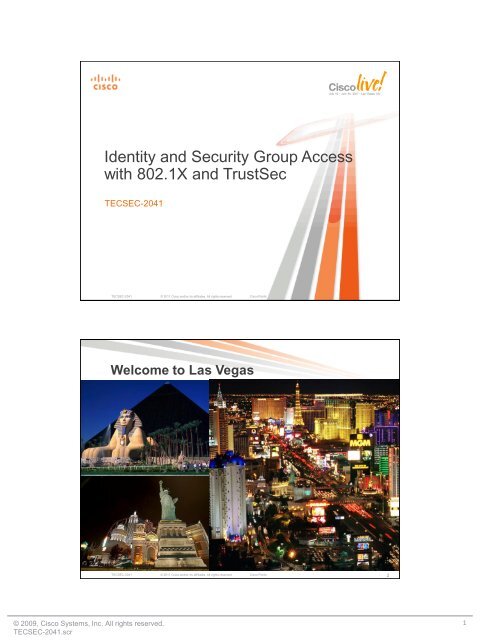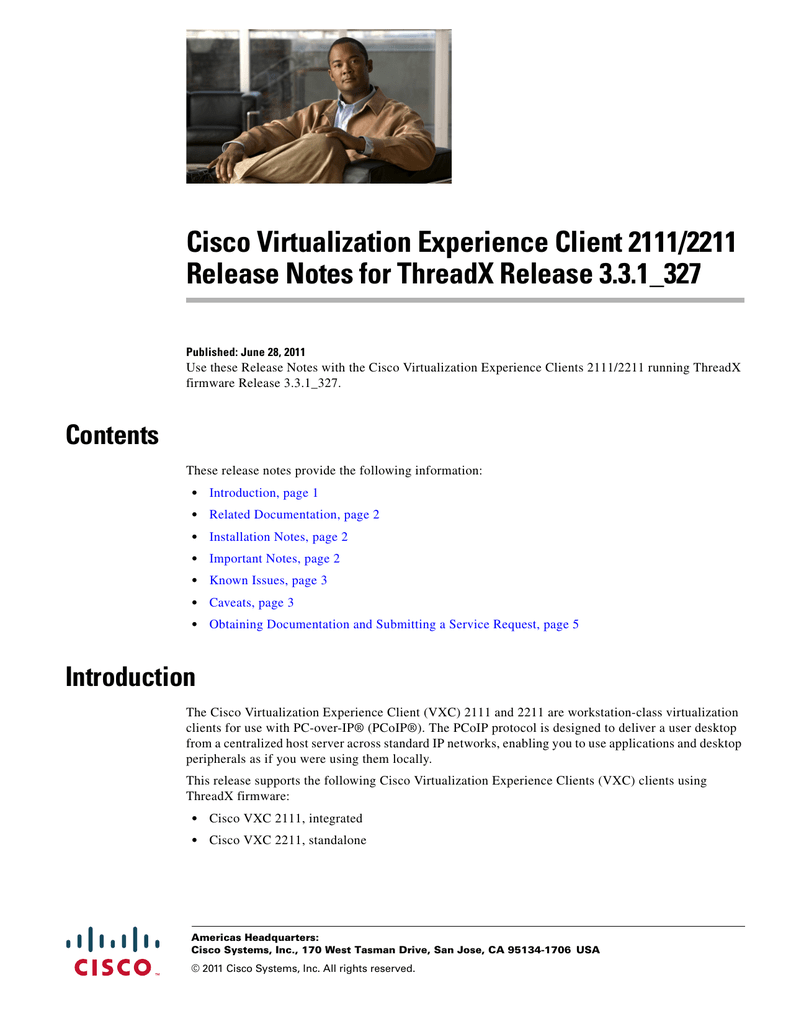

From pass-through to TFO (TCP Flow Optimization) to TFO with DRE and LZ data compression, WAAS covers just about all possible scenarios. The action is what determines how the traffic is manipulated, and there are nine different actions available. IT can create custom classifiers for specific traffic types. The application classifier is the component that tells the policy what type of traffic to intercept, for example TCP port 139 and 445 for CIFS. An optimization policy is made up of an application classifier and an action. If the situation requires, admins can drill down and override group policy at the single device level, too. We found the browser-based management UI is well laid out and very intuitive to use.Īdmins assign the various WAAS installations into logical groups and apply optimization policies at that level. The virtual installation is only available for VMware ESXi or Cisco Unified Computing System appliances and one Central Manager console can manage up to 2,000 WAAS devices. Available in both virtual and physical versions, it is required for all WAAS installations, and is an additional cost.
PCOIP PROTOCOL CISCO INSTALL
In order to manage your WAAS deployment, you will have to install at least one Central Manager - Cisco's WAAS management platform. Not all features are available on all formats, but overall, Cisco has designed a consistent user interface and feature set across platforms.
PCOIP PROTOCOL CISCO SOFTWARE
The software engine for WAAS is the same regardless of platform. Also, some backup solutions stream data to storage devices using UDP. While most day to day traffic is TCP, there is a growing amount of UDP traffic that will be ignored by WAAS.įor example, Cisco will optimize and accelerate Citrix's HDX and Microsoft's RDP remote access protocols for VDI, but VMware's PCoIP protocol is UDP and will simply pass through the appliance. For some customers, this could be a critical factor when choosing a WAN optimization solution. WAAS does not optimize or cache UDP traffic. Caching and compression are common features in WAN optimization devices, and it is always nice when the systems work as advertised. We were able to monitor the amount of data stored in DRE on both sides of the connection and because of the duplicate nature of the files, there was about 90% reduction in WAN traffic. We connected to a SharePoint server and file share located in the data center through a WAVE-8541, and downloaded and uploaded files into each system. To test the bi- and uni-direction functionality, we added a pair of WAVE-294s as our branch office appliances simulating two locations. Instead, only indexes are created at the data center and stored at the remote site, so that any subsequent streaming traffic can take advantage of any cached byte segments in the branch appliance without filling up the data center cache. Because the traffic is one-way from the data center to the remote end, there is no need to cache any of this data at the data center. What's interesting is that DRE can also function in a uni-directional mode for specific traffic types, like streaming audio and video, and VDI. Signatures and byte segments are located at both ends of the connection and help reduce overall WAN traffic regardless of direction. For most everyday traffic, HTTP, CIFS, NFS, MAPI, etc., the cache operates in a bi-directional mode. The new Cisco WAAS appliances, a game changer?Ĭisco's DRE adapts to changing conditions in traffic and applications. This meant that even though a particular block of data had already gone through the data center to one location, other offices couldn't take advantage of this information.Ĭisco's new context-aware DRE (Data Reduction Engine) does away with the segmented cache, opting for a single large unified cache that all appliances can participate in. In the past, Cisco's cache engine on the data center device was segmented - each branch was assigned a specific portion of the data center appliance's cache and it could not be shared with other WAAS appliances. That represents some of the best performance we've seen based on previous testing of WAN optimization gear. With all four clients active, the LAN side reported approximately 3.96Gbps of traffic and the WAN side peaked at 1.97Gbps. The traffic generated by iperf was a mix of 50/50 compressible and uncompressible data.

Using the same network setup, we created traffic from four Ubuntu clients running iperf connected to our Gigabit LAN. Next, we tested Cisco's claim that the WAVE-8541 appliance can handle 2Gbps of optimized WAN throughput.


 0 kommentar(er)
0 kommentar(er)
